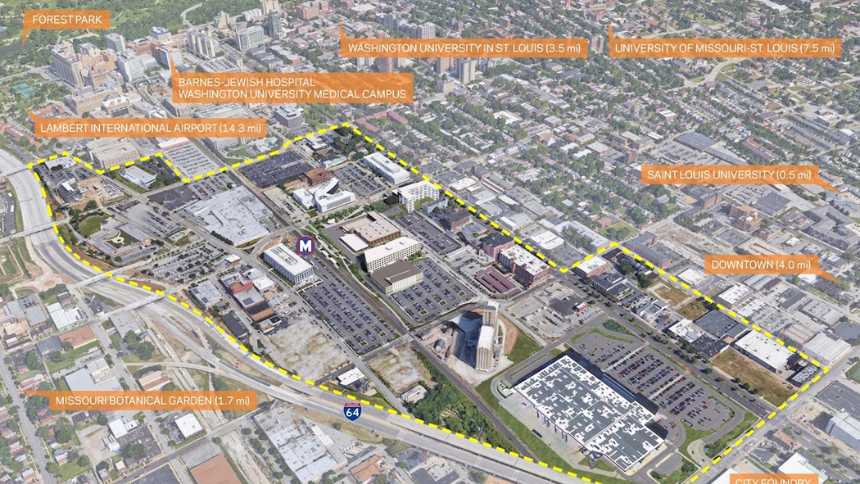
“The Next Wave of Innovation Districts” comes a decade after the initial report about their rise across the world
Bruce Katz and Julie Wagner wrote the first report a decade ago while both were with the Brookings Institution's Metropolitan Policy Program.
It’s been 10 years since Bruce Katz and Julie Wagner issued “The Rise of Innovation Districts” and boldly declared that the spatial geography of innovation was shifting in the world towards innovation districts.
At the time, both were with the Brookings Institution. Today, Katz is the Founding Director of the Nowak Metro Finance Lab at Drexel University, while Wagner is the Founder and President of The Global Institute on Innovation Districts.
Today, they write in a report titled “The Next Wave of Innovation Districts” that “the rise of innovation districts has proven to be a powerful market phenomenon rather than, as some claimed, a clever marketing or land development ploy. The release of the paper spurred tremendous interest from nearly all regions across the world and galvanized a group of researchers and practitioners to establish The Global Institute on Innovation Districts (GIID), a global reaching not for profit. Today, our analysis reveals there are over 150 districts emerging and evolving worldwide, pursuing ambitious agendas to become multipliers of growth, unlocking unique R&D and place-based assets.”
They assert in the paper that volatile and fast-moving macro forces demand a new kind of radical innovation, giving innovation districts a new role and relevance. One example is the Cortex Innovation Community in St. Louis (pictured in the feature image).
“The imperative to innovate across multiple dimensions cannot be met in siloed labs or isolated research parks or by lone researchers or independent companies,” Katz and Wagner write. “Rather, it can only be addressed at scale in places where companies, researchers, universities, investors, skills providers, and other supportive entities come together and leverage the physical proximity of talented workers, basic and applied R&D, and next generation infrastructure. The strength of innovation districts lies in their ability both to invent and prototype breakthrough technologies as well as solve technological challenges that emerge.”
The next wave of innovation districts is distinctive for multiple reasons, they say.
- The sectors leveraging this innovation geography expand way beyond the traditional focus on life sciences to include advanced manufacturing for military and civilian purposes.
- The deeper emphasis on decarbonization is driving the use of basic and applied R&D to invent new clean technology products and solutions as well as organizing energy generation and distribution within the districts themselves to meet crucial carbon targets.
- The stronger emphasis on the diversification of talent includes the upskilling of workers for new production activities and a broader set of systems to drive inclusive innovation to address long-standing inequities.
- The districts are attracting a broader group of stakeholders, including manufacturing companies, utilities, university industrial design and engineering departments and hard tech startups.
- The districts ultimately are looking to engage a wider base of investors given the disparate resources and traditions of capitalization that support defense tech, clean tech, med tech and other favored forms of innovation.
The paper can be found here.
Like what you've read?
Forward to a friend!

